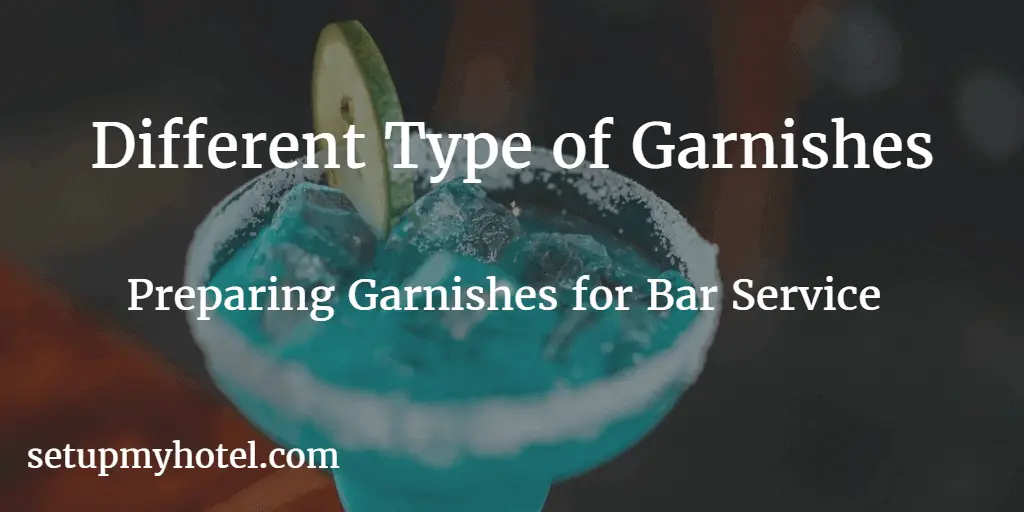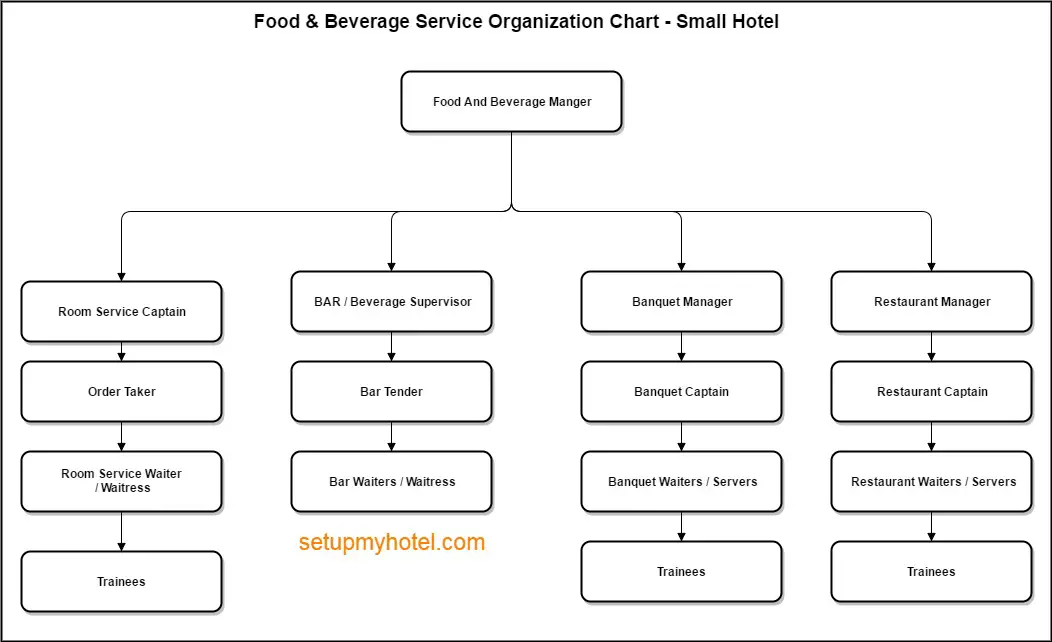Key Terms F&B Or Jargon’s Used In Food & Beverage Service

Key terms or Jargon used in Food and Beverage Service In the world of food and beverage service, there are ...
Read more
Defining Reservation Policies In Restaurants | Coffee Shops (F&B) – Hotels | Resorts

Defining Reservation Policies in Restaurants | Coffee Shops Introduction: What are hotel restaurants’ reservation policies? Many hotels have a “reservation ...
Read more
Room Service Waiter – Waitress / In Room Dining (IRD) Server – Job Description

Job Description, Duties, Interview Questions and Salary for Room Service Waiter / Waitress The role of a Room Service Order ...
Read more
Restaurant Captain Duties And Responsibility

Job Description, Duties, Interview Questions and Salary for Restaurant Captain A restaurant captain is an important member of the restaurant ...
Read more
Butler F&B / Hotels – Job Description

Job Description, Duties, Interview Questions and Salary for Butler in Hotels As a Butler in the Food and Beverage department ...
Read more















